Royal Academy’s Summer Exhibition 2022: ‘not everything is terrible’
The vast summer show features 1,462 works by household names and members of the public

This is “a catastrophic exhibition”, said Jonathan Jones in The Guardian. The 254th iteration of the Royal Academy’s Summer Exhibition is a parade of “aimless mulch” so dull that it verges on the “soporific”. It is a “waste of paper and paint and pottery and bronze”.
As ever, the vast summer show, which features 1,462 works this year, mixes art by household names (including, on this occasion, Tracey Emin, Richard Long and Anselm Kiefer) with the efforts of the public, and almost everything in it is for sale.
Coordinated by the Turner Prize-nominated artist Alison Wilding, the 2022 show takes “climate” as its theme. While one might imagine that this might provide an excitingly broad and urgent frame of reference for the artists involved, it doesn’t. The result is a platitudinous slog with a “too-obvious message”. The participants have almost universally responded to the climate emergency with art of the most banal kind. “Climate Kitsch” is the prevailing tone. This is a display of “all the ways in which art can be bad”.
The Week
Escape your echo chamber. Get the facts behind the news, plus analysis from multiple perspectives.

Sign up for The Week's Free Newsletters
From our morning news briefing to a weekly Good News Newsletter, get the best of The Week delivered directly to your inbox.
From our morning news briefing to a weekly Good News Newsletter, get the best of The Week delivered directly to your inbox.
‘Plenty to relish’
The show certainly goes “from the sublime to the ridiculous”, said Rachel Campbell-Johnston in The Times. But “those who delight in the extraordinary mish-mash of the world’s largest open submission exhibition” will find “plenty to relish”. The climate theme subverts the usual expectations. “Forget soft rolling valleys and flowery spring vases.”
Images of pollution are everywhere, “perhaps most strikingly” in the sometime YBA Gavin Turk’s sculpture Looking Glass: a glass case filled with “a mess of burnt tyres and abandoned carpets, ditched supermarket trolleys, mangled wiring and assorted bits of old plastic”, which reflects your own likeness back at you.
Elsewhere, an entire wall is “devoted to scenes of fire, flood and tempest”. Grayson Perry has curated one room, covering its walls in “acid lemon” paint, and every inch of space with art. There are also some striking works by artists largely unknown to the public. Katherine Perrins provides a delightful “little painting of a loaded dishwasher”, while Nicola Hicks confronts us with a “sculpture of a bear as it pounces on its hapless ringmaster”.
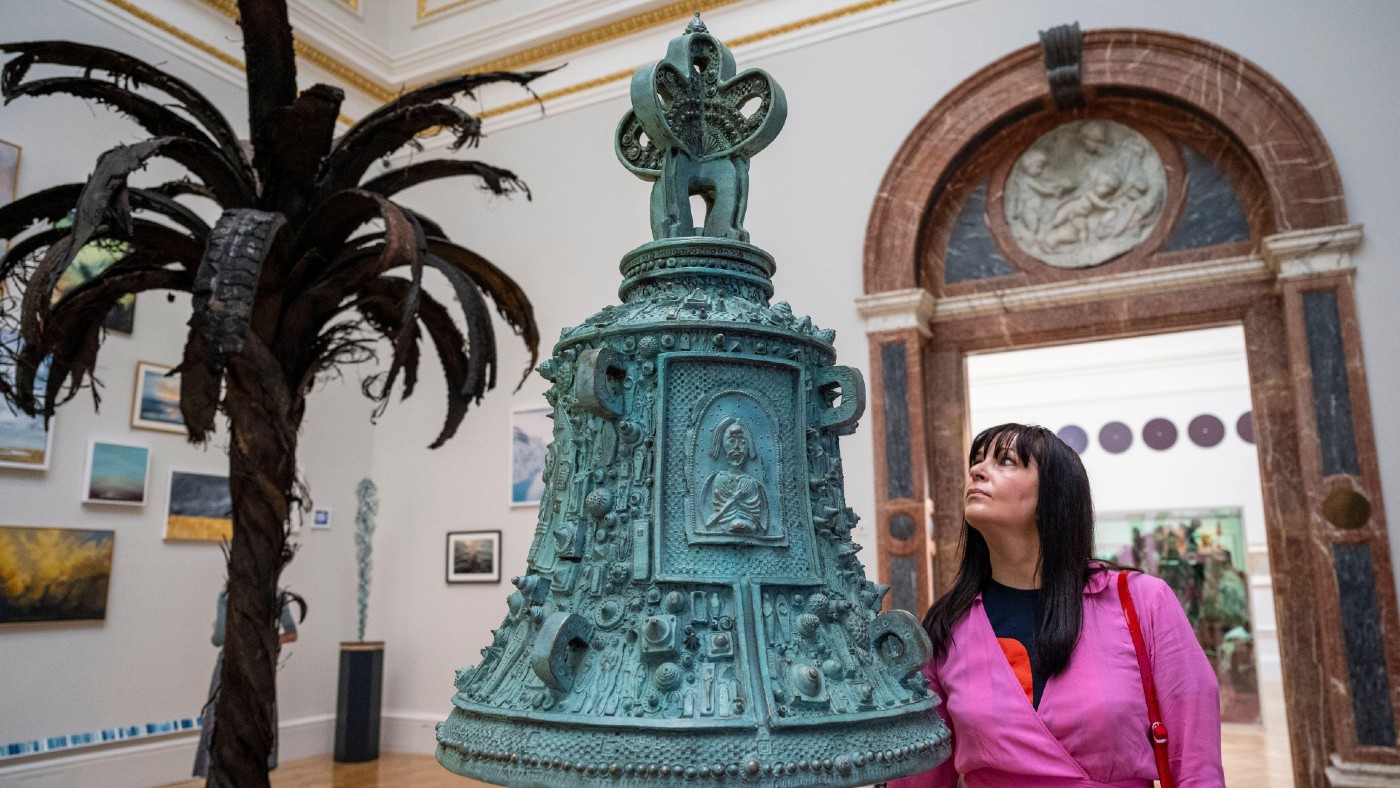
‘As conventional as a village fête’
“Not everything is terrible,” conceded Alastair Sooke in The Daily Telegraph. Highlights include John Gerrard’s “forbidding” digital simulation of a flagpole marking an “exhausted” Texan oil field, which belches out “pennants of horrible black smoke”. This is one memorable work among several in a section curated by the young Royal Academician Conrad Shawcross.
A free daily email with the biggest news stories of the day – and the best features from TheWeek.com
Elsewhere, Rosebud (1962), a “futuristic fibreglass” sculpture – “a mischievous pink cone with a suggestive opening” – by the late artist Phillip King is “a classic” of its kind. Yet for a subject as momentous as climate change, it all seems weirdly “genteel”. “Only the Royal Academy could take a subject as urgent and consequential as the climate emergency, and produce something this comfortable, as conventional as a village fête.”
The show also feels endless, as it stretches across 13 rooms. And most of the “mediocre art” here says nothing remotely new or original about the environment or climate change. The Summer Exhibition’s “cosiness” is deeply ingrained. And ultimately: “Solemnity can’t be mustered from something so fundamentally festive and unserious.”
Royal Academy of Arts, London W1 (royalacademy.org.uk). Until 21 August
-
 Political cartoons for December 14
Political cartoons for December 14Cartoons Sunday's political cartoons include a new White House flag, Venezuela negotiations, and more
-
 Heavenly spectacle in the wilds of Canada
Heavenly spectacle in the wilds of CanadaThe Week Recommends ‘Mind-bending’ outpost for spotting animals – and the northern lights
-
 Facial recognition: a revolution in policing
Facial recognition: a revolution in policingTalking Point All 43 police forces in England and Wales are set to be granted access, with those against calling for increasing safeguards on the technology
-
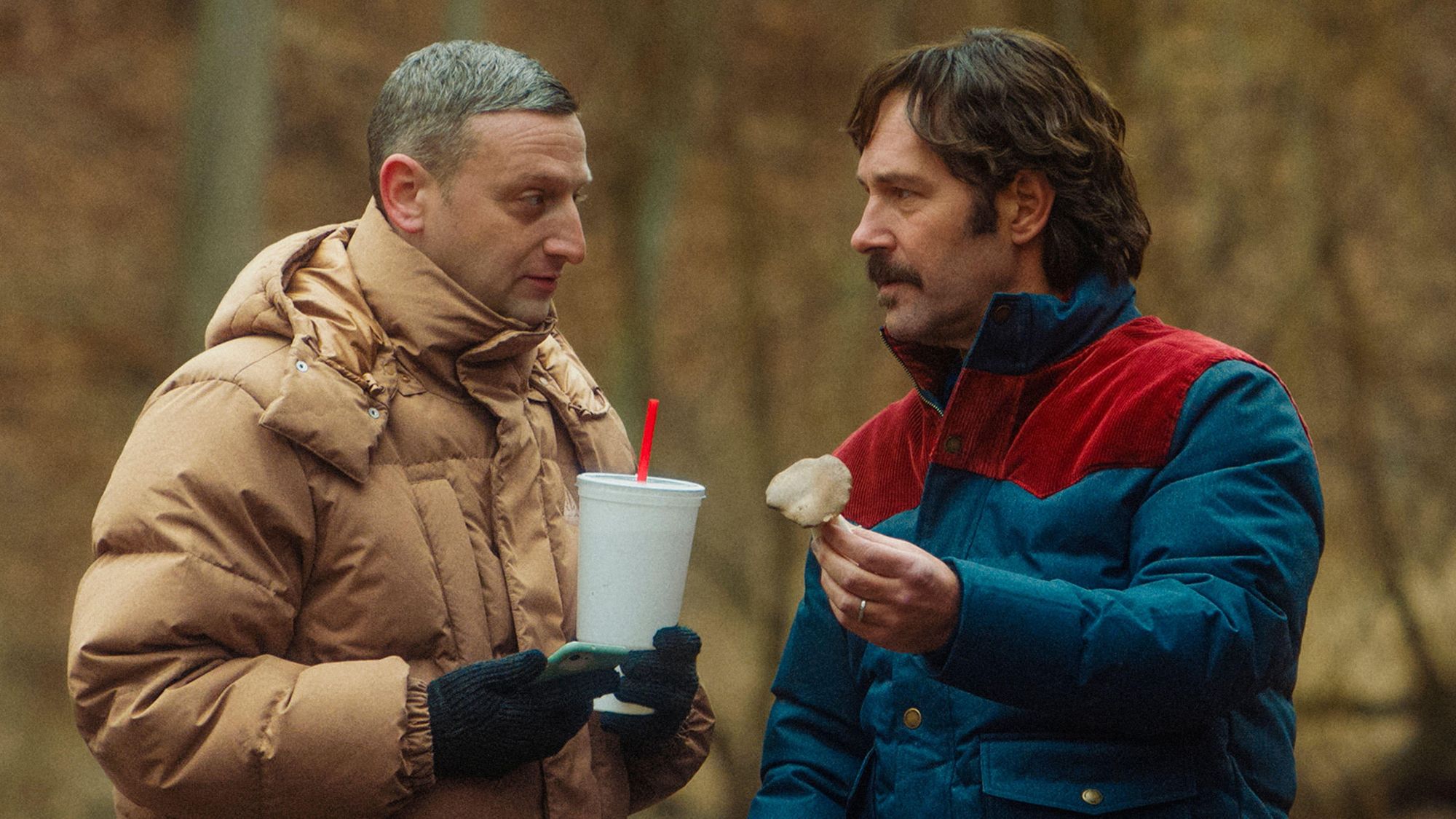 Friendship: 'bromance' comedy starring Paul Rudd and Tim Robinson
Friendship: 'bromance' comedy starring Paul Rudd and Tim RobinsonThe Week Recommends 'Lampooning and embracing' middle-aged male loneliness, this film is 'enjoyable and funny'
-
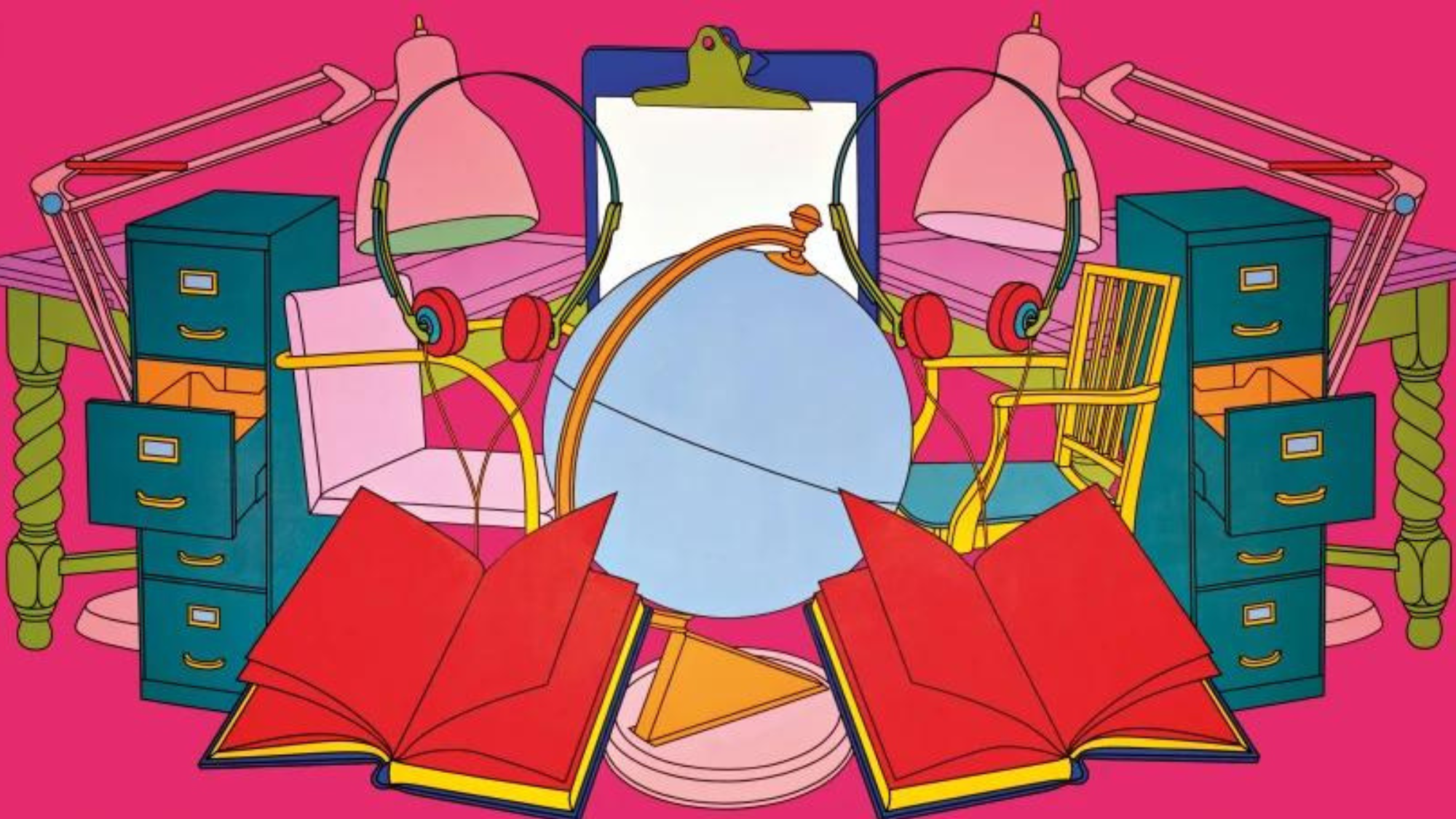 Michael Craig-Martin at the Royal Academy: an 'inescapably joyful' exhibition
Michael Craig-Martin at the Royal Academy: an 'inescapably joyful' exhibitionThe Week Recommends 'Career-spanning retrospective' features early avant-garde experiments and immersive digital works
-
 The Count of Monte Cristo review: 'indecently spectacular' adaptation
The Count of Monte Cristo review: 'indecently spectacular' adaptationThe Week Recommends Dumas's classic 19th-century novel is once again given new life in this 'fast-moving' film
-
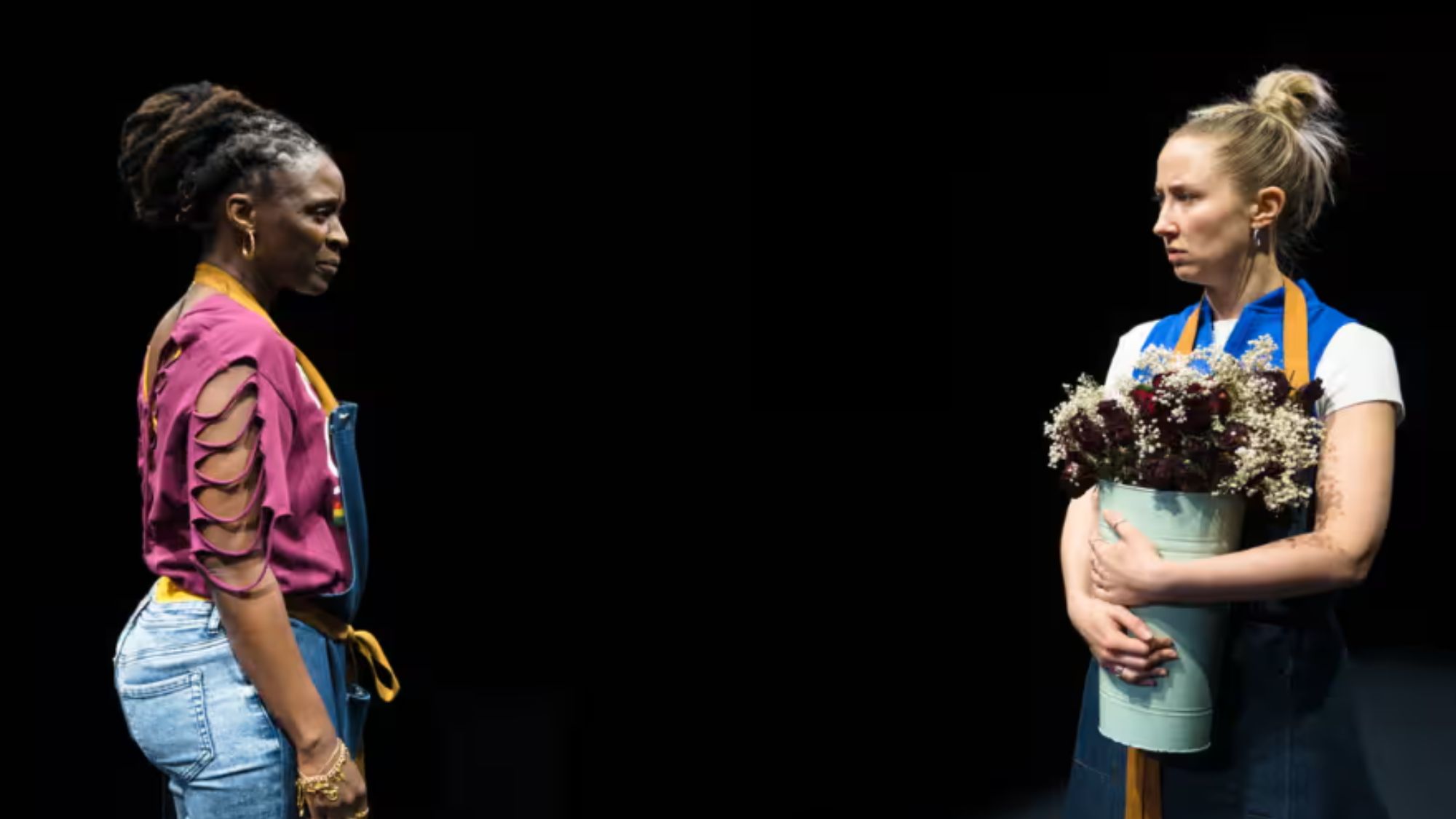 Death of England: Closing Time review – 'bold, brash reflection on racism'
Death of England: Closing Time review – 'bold, brash reflection on racism'The Week Recommends The final part of this trilogy deftly explores rising political tensions across the country
-
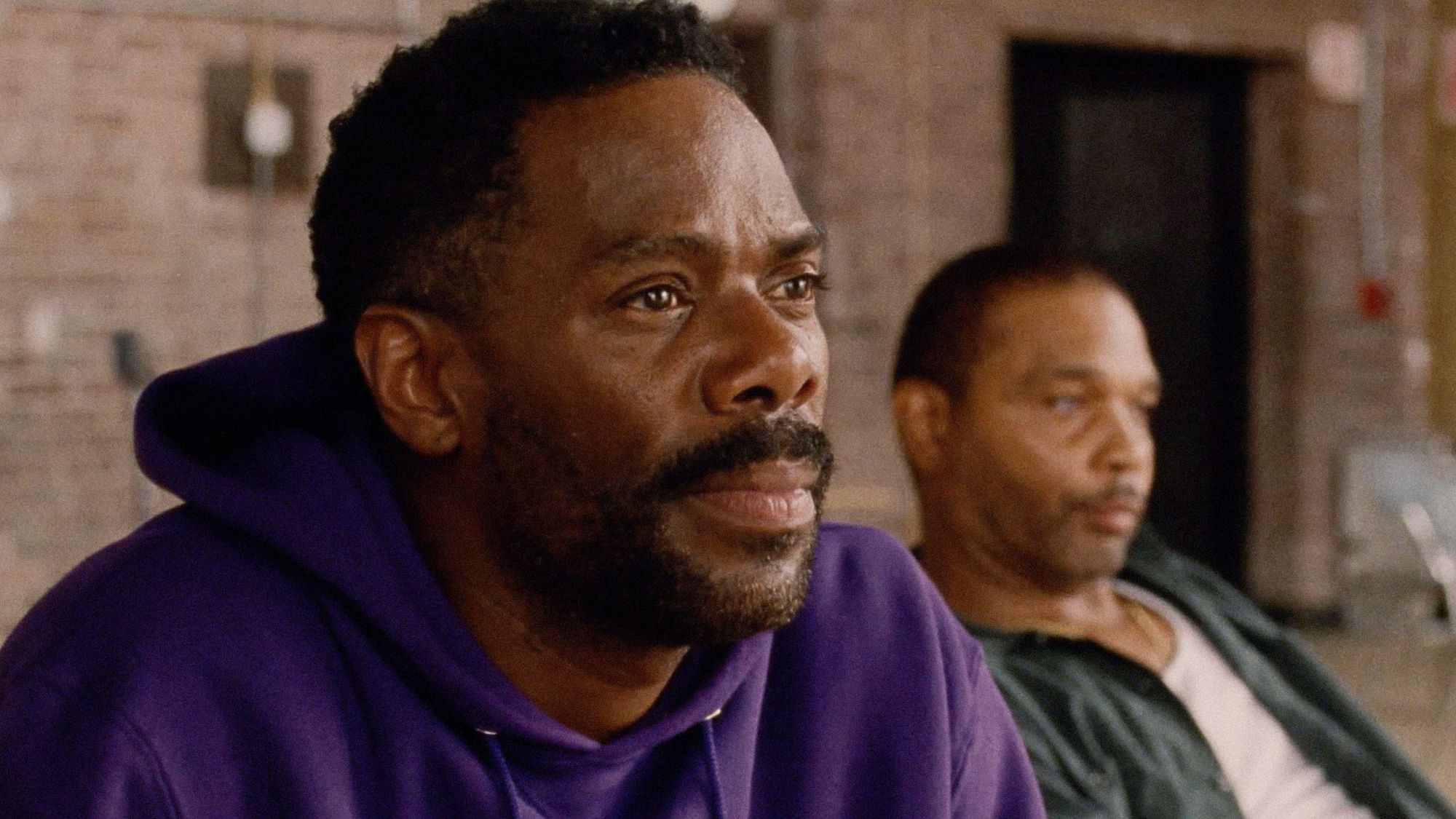 Sing Sing review: prison drama bursts with 'charm, energy and optimism'
Sing Sing review: prison drama bursts with 'charm, energy and optimism'The Week Recommends Colman Domingo plays a real-life prisoner in a performance likely to be an Oscars shoo-in
-
 Kaos review: comic retelling of Greek mythology starring Jeff Goldblum
Kaos review: comic retelling of Greek mythology starring Jeff GoldblumThe Week Recommends The new series captures audiences as it 'never takes itself too seriously'
-
 Blink Twice review: a 'stylish and savage' black comedy thriller
Blink Twice review: a 'stylish and savage' black comedy thrillerThe Week Recommends Channing Tatum and Naomi Ackie stun in this film on the hedonistic rich directed by Zoë Kravitz
-
 Shifters review: 'beautiful' new romantic comedy offers 'bittersweet tenderness'
Shifters review: 'beautiful' new romantic comedy offers 'bittersweet tenderness'The Week Recommends The 'inventive, emotionally astute writing' leaves audiences gripped throughout